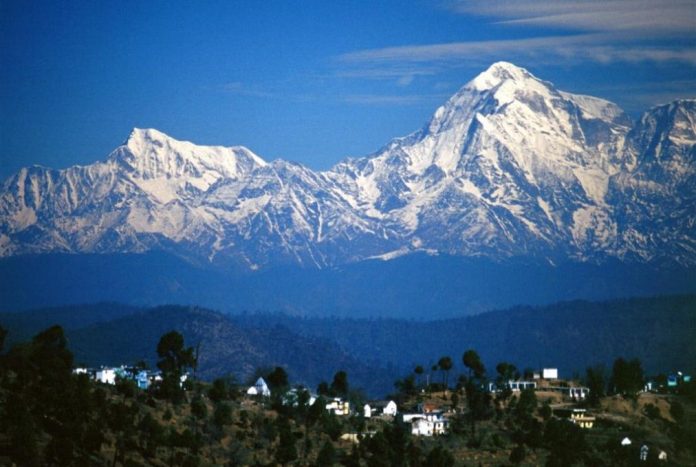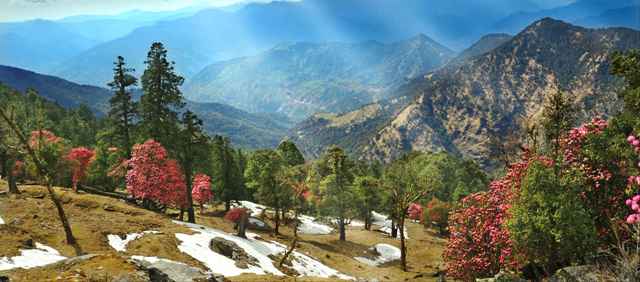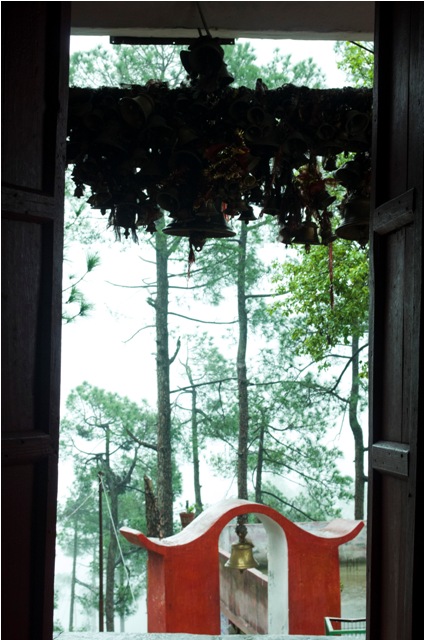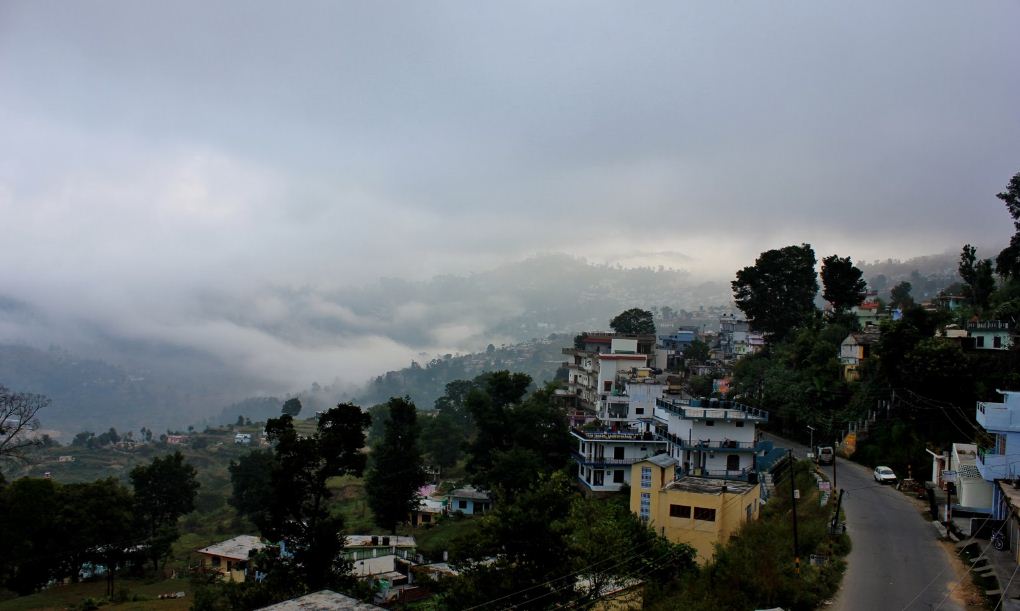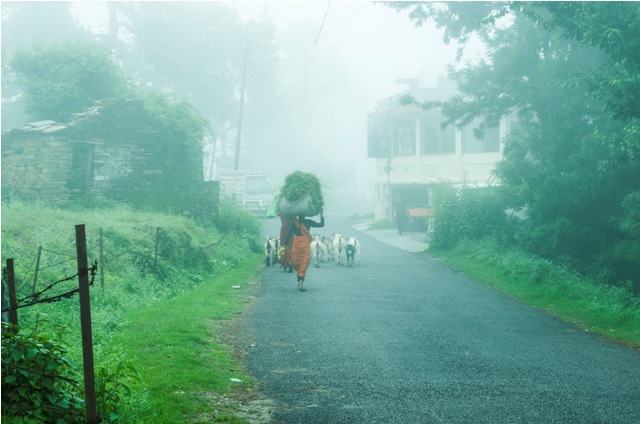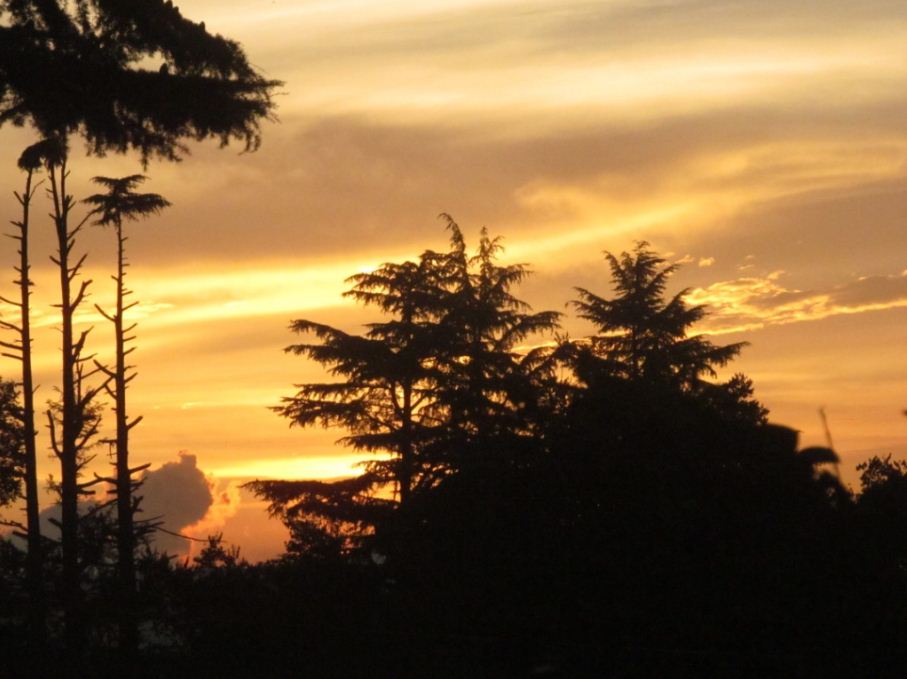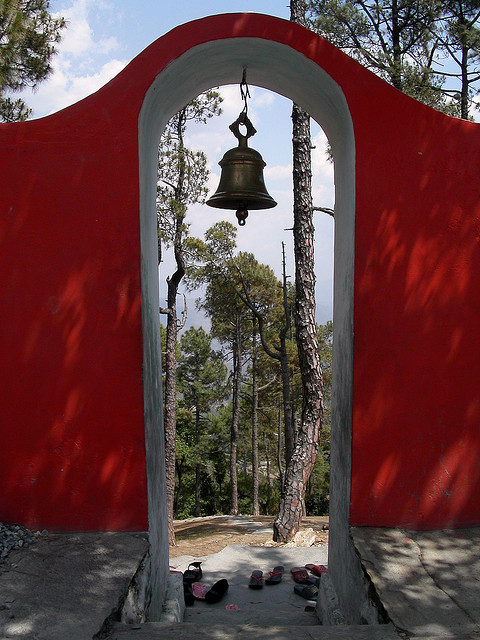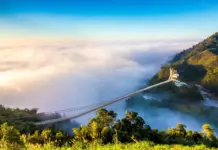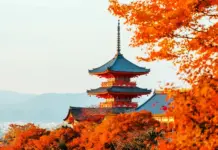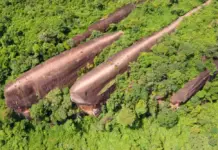The most interesting thing about the nature of the monsoon season is that you never know what is going to happen in the next few minutes. Almora is the perfect example to show you the Himalayan region during the rainy season. It sounds crazy to travel to Uttarakhand which is considered as the most dangerous place in India to go in raining season.
- The ULTIMATE Taj Mahal travel guide: How to get there, Tickets, Things to do, Tips & MORE
- Fukuoka food blog — Visiting Fukuoka & enjoy specialties of the Southern Japan
- Chicago trip blog — The fullest Chicago travel guide blog on my trip to Chicago
- Where to go & what to do in Varanasi? — 15+ places to visit & best things to do in Varanasi
- What to buy in India? — 29+ best gifts from India & best things to buy in India
My journey begins directly from Dehradun, but it’s not a bad idea as my friend suggests stopping in Ranikhet on the way to experience the “taste” of its monsoon days. Actually, Ranikhet is not included in my plan as Almora is my desired destination. Ranikhet is only a small hilltown, but an ideal place for capturing some Himalayan views as long as the weather is in a good mood – if it’s sunny. Try your luck here to find whether you are fortunate enough to get a good view of the Himalayas or not as foggy is the main “characteristic” of this season.
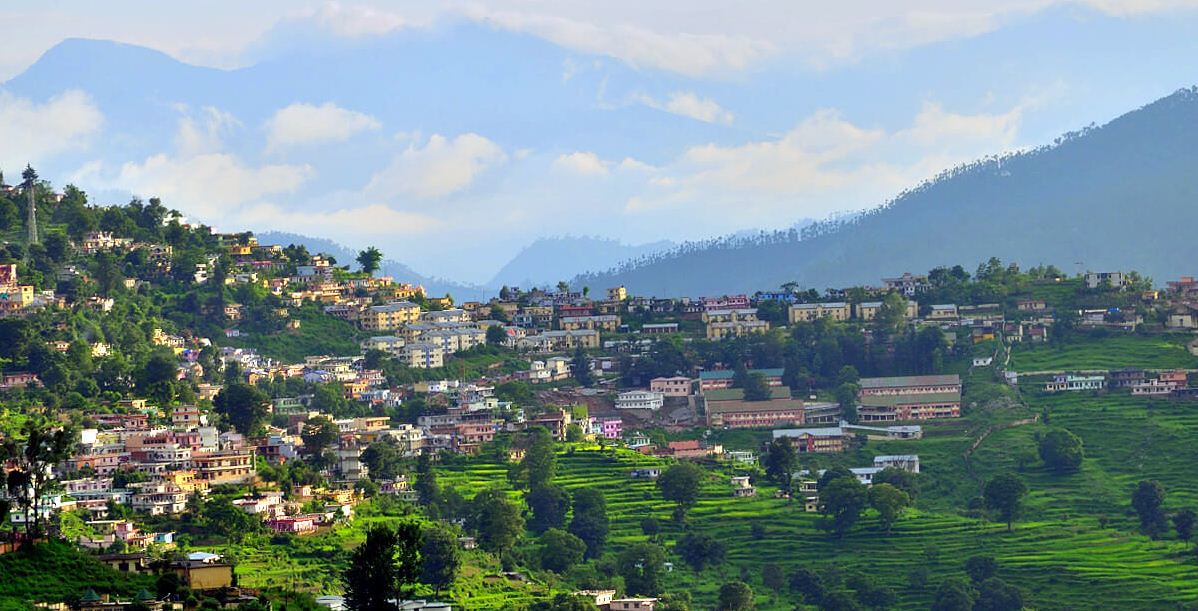
In these days, the entire town is covered with fog, it covers every single rooftop of all the houses. There is nearly no chance to see a rainbow after a half day of heavy rain. Though I had no idea about Ranikhet before, I didn’t think it wanted to let me go in that way. Anyway, it gave me more fun than I could imagine as my friend and I took a long walk full of jokes in the rain. Undoubtedly, if you are a true rain lover, then Ranikhet in the monsoon season is the best destination for you to enjoy the rhythm of the rain in the slow life of the small town before heading to Almora.
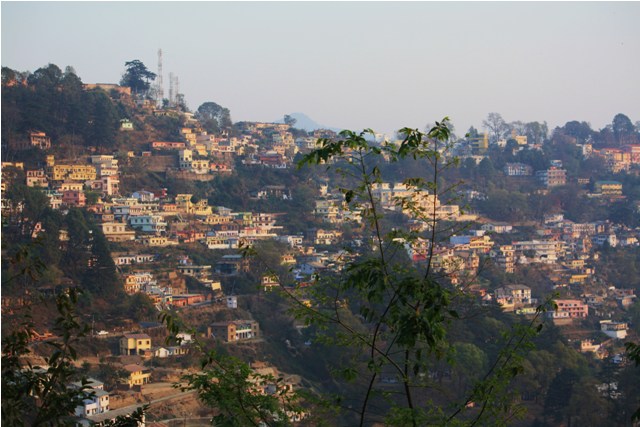
Almora then becomes my only hope of admiring the beauty of the Himalays, although it is only 70km from Ranikhet to Almora.
A shared jeep will take you straight to Almora via the most adventurous road that you only can know about when you are already settled on. The jeep gradually goes up windy roads all the way up to Almora. And if you want to “define” how dangerous it is, check the waste left by carsick victims. Anyway, it’s not a bad price to experience this and witness an “OMG” educing landscape. The beauty of Alroma will mesmerize you immediately so that all you can do is stick your eyes on the car window, contemplating the surroundings. That’s a gift from nature to any of her devotee.
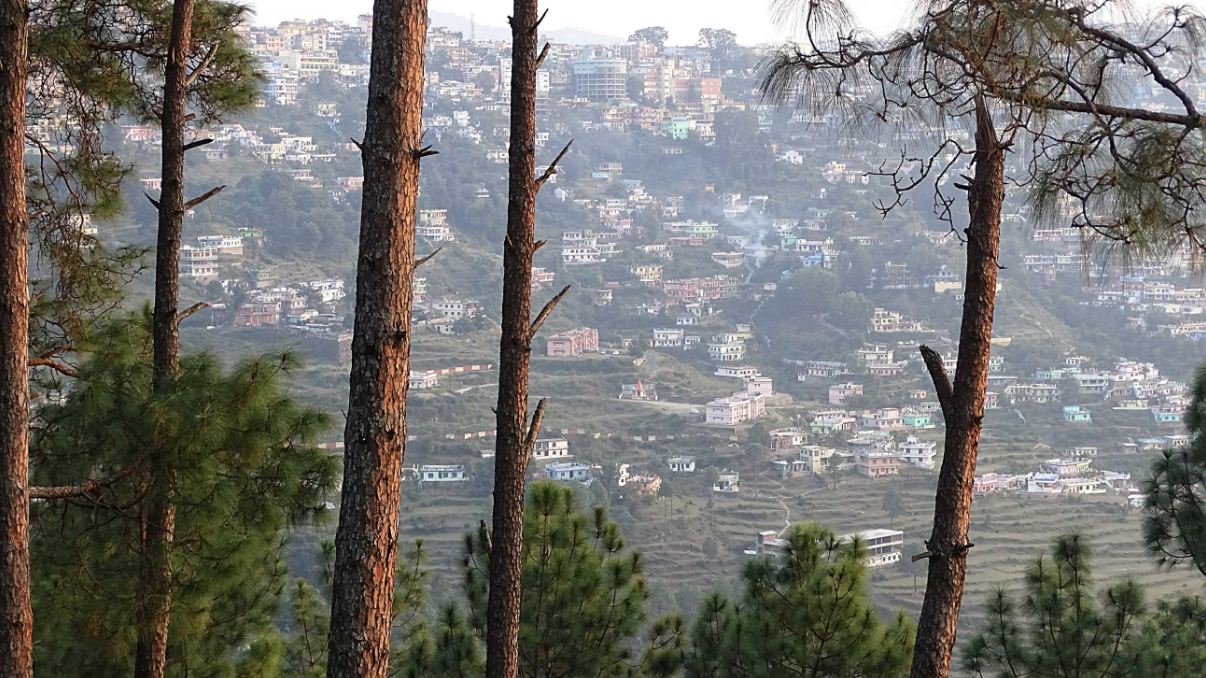
Monsoon season adds such a distinctive green color to the nature that you will be absolutely amazed and will wonder why other people are scared of this season, whilst it’s the best time to see the pure beauty of nature so green and lively. Interestingly, you will never know what’s behind the veil of fogs. That’s what you will realize when you reach Almora.
Fresh sun rays and the fascinating taste of mountain winds will lead you to the last destination, inviting you to enjoy the breath of Himalayan nature, the peacefulness of nature, as traditional songs echo from the mighty mountains, and small lives.
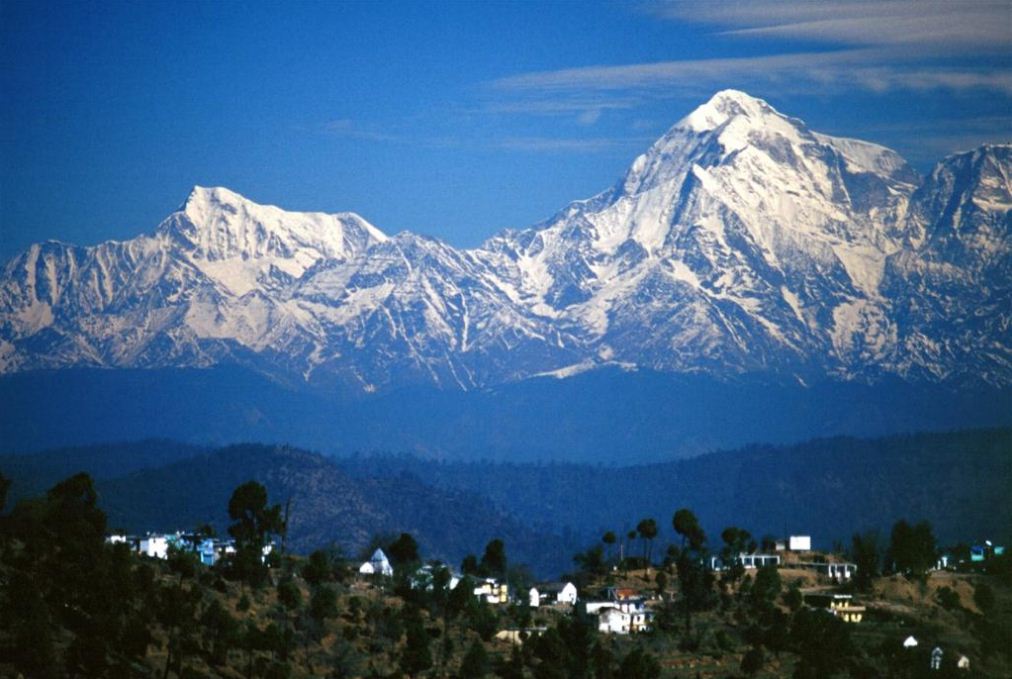
Fog gets denser and starts the game with its friend – clouds – right before we reach Almora. During rainy season, Almora looks like it’s being hit in the face with a water balloon filled with the color of life. This small hill town is home to sights of the charming beauty of Himalayan ranges during both sunrise and sunset. If you get off the shared jeep in the late afternoon, you can’t escape from the game of fog and clouds in Almora. This is the most interesting and enchanting thing that you cannot get in any other season. Upon arriving at Kasar Devi temple on the hilltop, take the opportunity to see the Himalays and take another jeep to start your game with the fog and clouds.
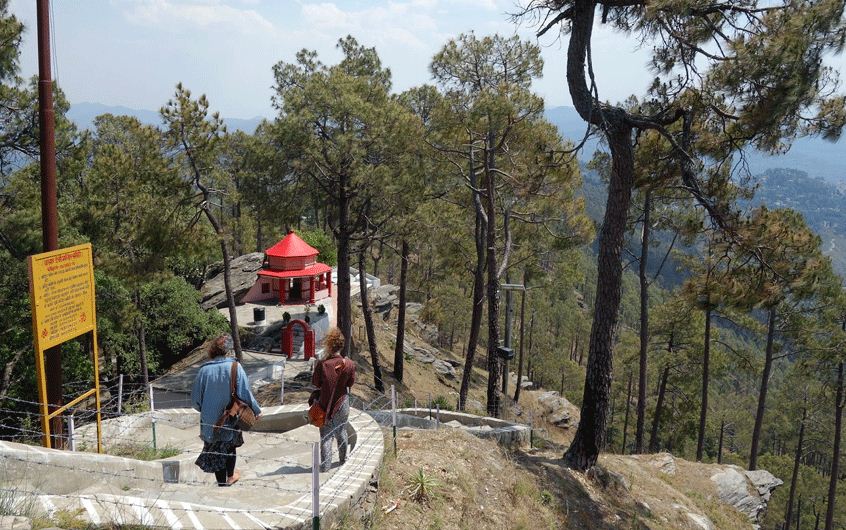
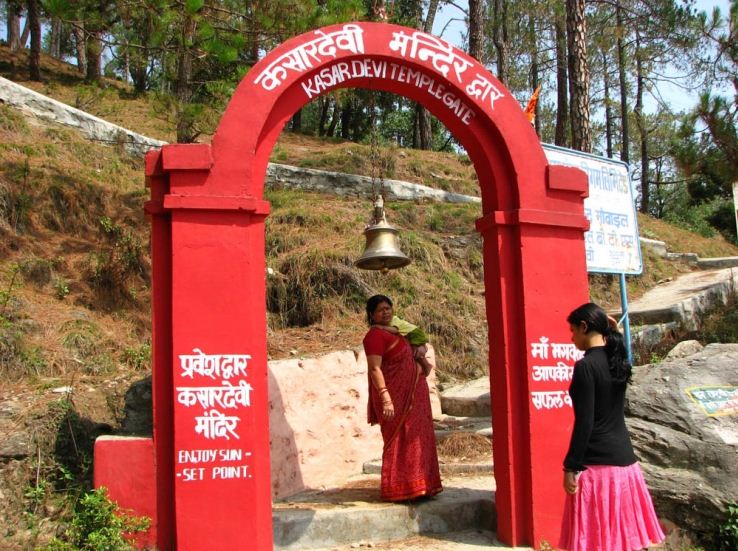
The shared jeep will leave you in an area where you will be able to find many guest houses or hotels in Kasar Devi village. Kasar Devi is also called terrace village because villagers built their houses on the side of the mountain, offering an amazing view of Himalayan ranges. But the fog and clouds won’t let you enjoy it as easy as travel guides might tell you. Beware! The beauty of the fog is that we see nothing but you will be thrilled by their hidden mysterious beauty.

If you think that you will find your guesthouse easily, then you have been taken by the trap of Almora in monsoon season. I certainly was. Fog never wants to play an easy game. It prevents you from any hope of seeing clear roads or paths leading to your place. Instead you have to keep your awareness level high while at the same time reminding yourself not to be scared. Follow the small signal boards on a zigzag down tracks with sudden changes that you only know when you reach it due to the veil of fog. It’s a matrix game.
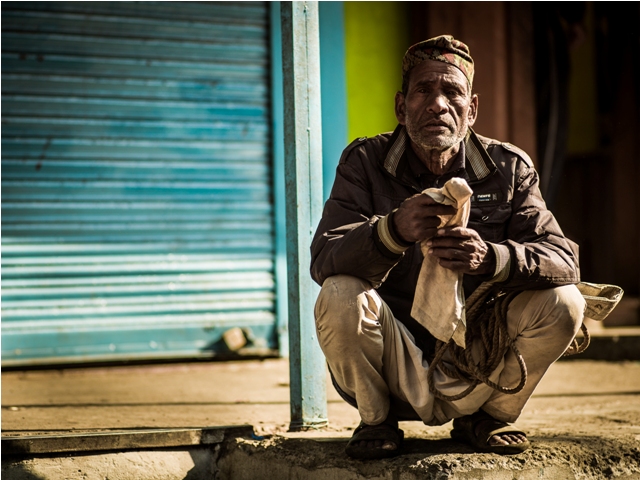
If you’re supposed to wake up early in the morning to see the majestic view of the Himalayas during sunrise, you can allow yourself to relax and sleep in the pleasant weather there. Fog and clouds will play for a while till lunch time, chasing and catching each other until the sunshine paints some rays on the rooftop of each house. Drops become pure and sparkling. Some signs of human life from the lazy white smoke of some families’ kitchens rising into the air. Mother Nature is most charming in the morning. You will be astonished by the calm picture of Almora at this time a day. Sit back and savor the moment. It will keep you away from your chaotic thoughts of the outside world, in turn allowing you to think about your life and seek new inspirations.
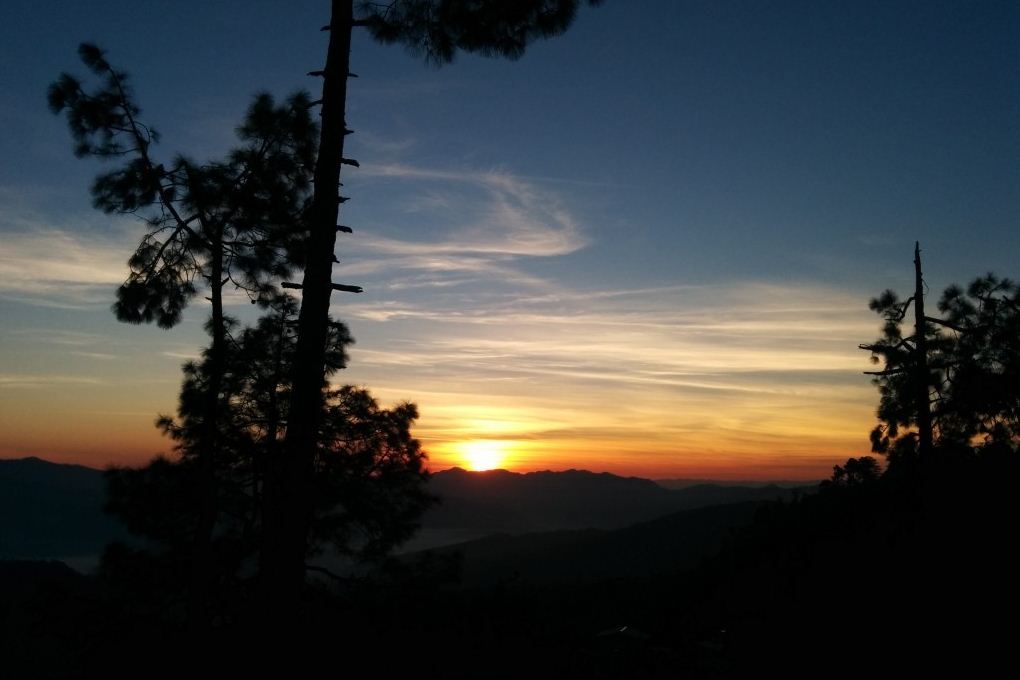
But that moment won’t last too long as fog and clouds never forget to return. All backgrounds become grey with their particular taste of monsoon – wind with a little rain. When the time runs out, you can see the blue sky once again with its majestic portrayal of the Himalayan ranges, its a time when you get to know that you’re so lucky to be in that moment.
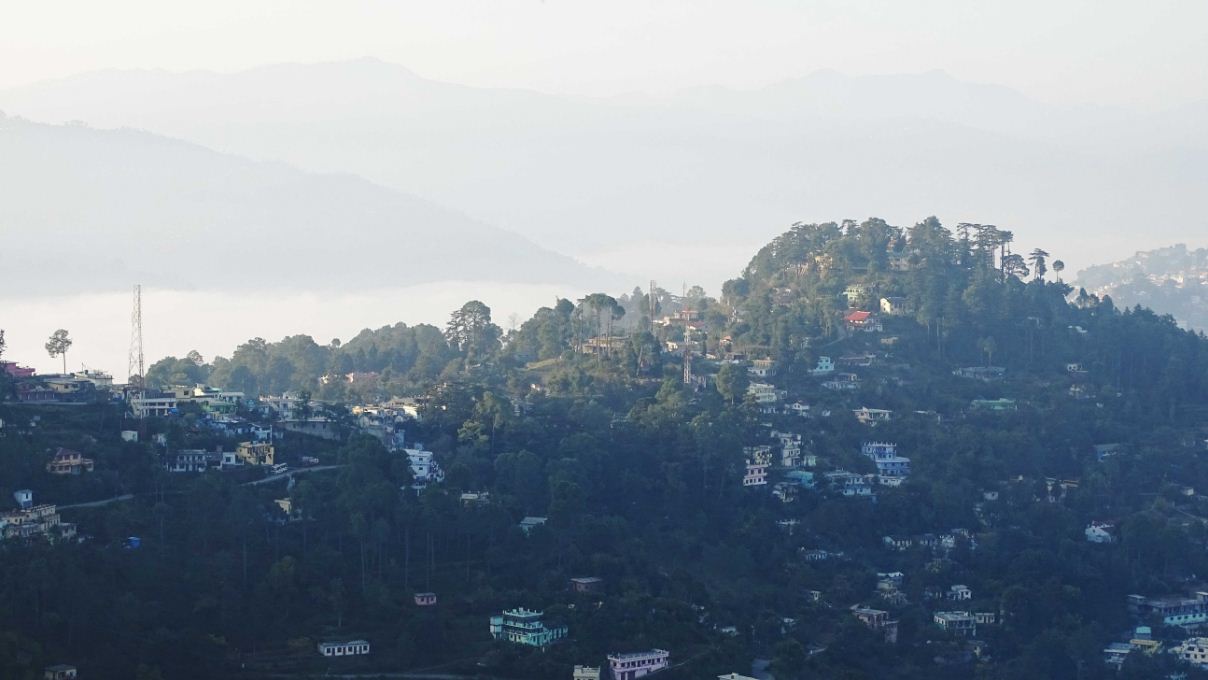
The utmost beauty of Almora is its simple life. It’s simple in every aspect of daily life. There are some scattered houses in the village where you can see old people sitting calmly in front of their house looking at the serene nature. There are some laughing school children on their way back home under the familiar foggy game. This is the simple life that you can’t find anywhere outside the world of Almora.
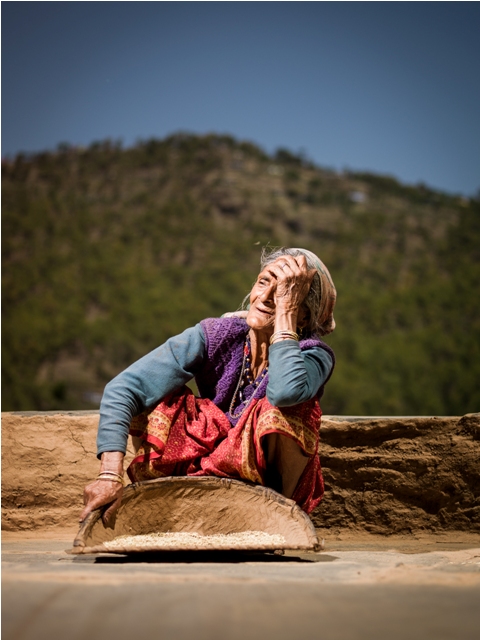
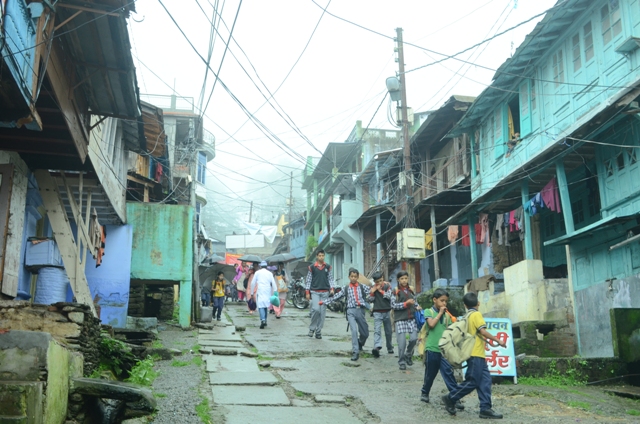
The sunset comes like the last hope at the end of the day to let you enjoy the moment of truth. It is a passionate sunset for the lover of nature. It picks your mind up with a miraculous combination of end of the day sunshine rays and fog, fog coming up from the Earth to join with its companion and creates a remarkably harmonious moment of nature; the light lifts the fog step by step till the time its ready to start covering the village with Her mystical veil one more time.
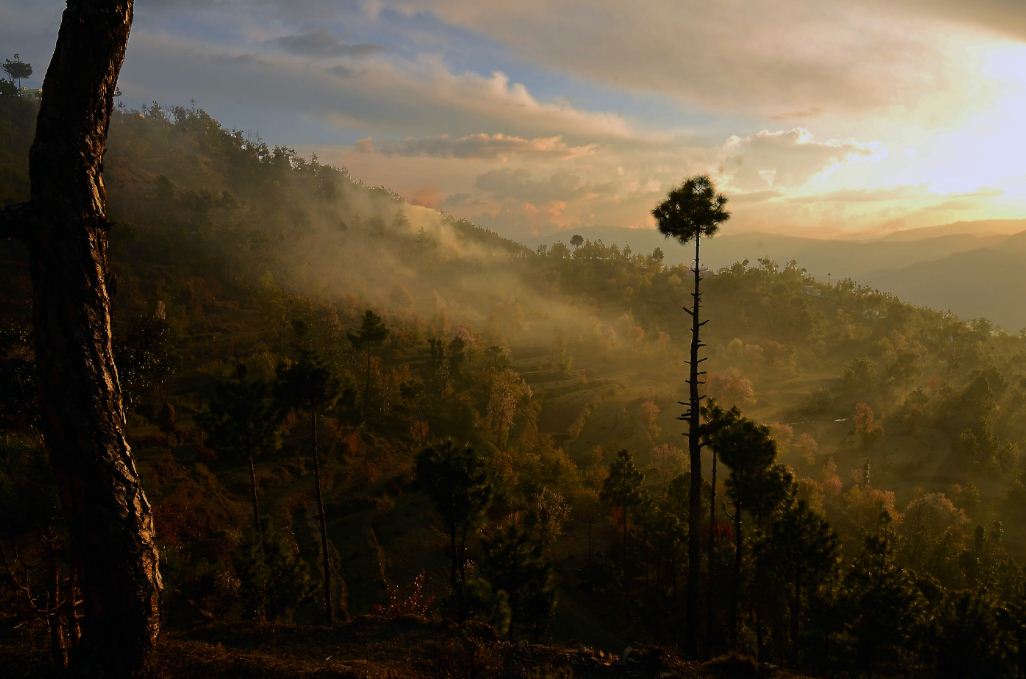
The sound of bells ringing from Kasar Devi temple pull everything back to harmony and remind me this mysterious world truly exists behind the magical veil of fog in monsoon season that not many people outside the veil know about. It’s an amazing gift of Mother Nature that anyone would feel lucky to witness.
Guidelines
How to reach?
- Take a direct bus to Almora from Dehradun Inter State Bus Terminal (ISBT) or, if you want to stop in Ranikhet before going straight to Almora, you can take the direct bus to Ranikhet. After that take another shared jeep or bus from Ranikhet to Almora (there is a bus stop in the town and it’s easy to take the shared jeep there as well).
- When you reach the hilltown of Almora, you can take another shared jeep to the Kasar Devi temple – this is the peak of Almora where you can see the great view of the Himalayas.
Stay
There is a variety of guest houses and hotels for different budgets that you can easily find in Kasar Devi village (near Kasar Devi Temple). You can find and check rates & availability for the Almora hotels on Agoda.com or Booking.com.
Food
There are some small restaurants near the main road or you can ask your guesthouse or hotel owner to cook for you.
Sightseeing
Kasar Devi temple – This is a well-known temple where Swami Vivekannada visited and mediated. The structure of this temple dates to 2nd century CE.

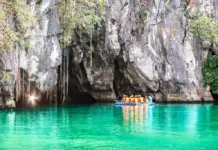
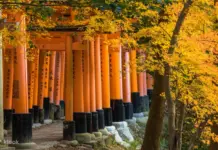





























![10 best airports in Asia in 2016 [RANKED] kuala-lumpur-international-airport-best airports in asia in 2016 by skytrax ratings](https://livingnomads.com/wp-content/uploads/2016/08/29/kuala-lumpur-international-airport-best-airports-in-asia-in-2016-by-skytrax-ratings-218x150.jpg)








